Gather your acceptance letter
Kicking off your student permit journey starts with that all-important acceptance letter from your European university. This document proves you’ve been admitted, and it’s the cornerstone of every step that follows. Keep it handy, and make sure it meets consulate requirements before moving on.
Check official formatting
Your acceptance letter should be on university letterhead with an original signature and date. Consulates often reject scans missing a signature or stamp, so request a certified digital copy or hard-copy if needed.
Confirm start and end dates
Does your letter clearly state your program’s start and end dates? That timeline determines when you can enter the country, how long your permit lasts, and when you need to renew or leave. If dates look off, ask your admissions office for an updated version.
Check entry requirements
Every European country has its own student permit rules, so your next move is to map out what applies to you. Non-EU nationals typically need a long-stay visa (sometimes called a “D” visa) before arrival, then convert it into a residence permit once on the ground. Reference our overview of student permits to see how things differ across the continent.
Identify your visa type
Do you need a national visa, a Schengen student visa, or a combined entry-and-residence permit? For example, Germany issues a D visa that you exchange for a residence permit after entry. France calls it the VLS-TS long-stay visa. Find the exact name on your country’s consulate website.
Review residence rules
Some countries enforce language tests or minimum income thresholds. Others ask for proof of accommodation and mandatory health cover. Jot these down early so you can address them in your document checklist later on.
Compile your documents
With requirements in hand, it’s time to assemble the paperwork. Missing or mismatched documents are the most common cause of delays, so let’s get it right.
- Passport copy (valid at least six months beyond your program end date)
- Two recent passport photos (per consulate specs)
- Acceptance letter (original or certified copy)
- Proof of finances (bank statements, scholarship award letters)
- Health insurance confirmation (private plan or national scheme)
- Accommodation details (rental contract or dorm reservation)
- Academic transcripts and diplomas
- Motivation letter or study plan (when required)
Check the student visa application checklist for a full overview. For country-specific requirements, see the Germany student visa application checklist 2026, the France student visa application checklist 2026, or the Italy student visa application checklist 2026.
Passport and photos
Your passport scans must be clear, and photos should match official dimensions. If you’re still looking for a good photographer, most city centers have studios familiar with visa-style shots.
Proof of funds
Banks often require at least three months of statements showing consistent balances. If a family member sponsors you, include a notarized affidavit of support and their bank records.
Health insurance
Some nations mandate specific coverage levels—€30,000 minimum for Schengen states, for instance. Double-check whether your university’s student health plan satisfies local rules.
Submit your application
Now that your folder is packed, it’s go-time. You’ll either apply online or in person, depending on your destination.
Choose submission method
Many consulates outsource applications to service centers like VFS Global. Others let you upload documents through an official portal. Pick your path, book the earliest slot you qualify for, and aim to apply at least three months before classes begin.
Pay the application fee
Fees typically range from €75 to €100, though amounts vary by country. Payment methods differ too—some accept credit cards, others only bank transfers or cash. Confirm details on your consulate’s website before your appointment.
Attend the visa interview
If an interview is part of your process, think of it as a friendly chat about your study plans. You’ve done the hard work assembling documents—now you just need to explain them briefly and confidently.
Schedule your appointment
Watch for email confirmations or SMS reminders after booking. Missing your slot often means months of delay, so set a calendar alert and arrive early.
Prepare your answers
Be ready to explain:
- Why you chose this university and course
- How you’ll support yourself financially
- Where you plan to live during your studies
Anticipate simple questions, and carry your documents in the order you referenced them in your answers. It helps keep the conversation smooth.
Track application status
Eager to know when your permit will arrive? Most consulates offer status updates online.
Monitor online portals
Log in with your case or reference number. You’ll see notes like “under review” or “approved.” Updates can take days, so resist the urge to refresh every hour.
Follow up when needed
If you hit the eight-week mark with no change, send a polite inquiry via email. Include your reference number and a brief timeline of your application steps.
Processing times vary by country; you can often find estimates on official immigration portals. For example, IRCC Canada publishes current timelines for study permits (IRCC Canada).
Receive your permit
Once approved, you’ll collect your visa sticker or entry permit, then turn it into a full residence permit after arrival.
Collect your visa sticker
Your consulate or visa center will notify you when it’s ready. Bring your passport and original receipt to pick it up in person.
Apply for residence card
Within two weeks of entry, register at your local immigration office or town hall. You’ll submit your visa, proof of address, and biometric data, then get a temporary card while your final permit is processed.
Prepare for arrival
Before you hop on that plane, tick off these essentials so your first days go smoothly.
Book your travel
Enter the country no earlier than your visa allows—often 30 days before classes start. Look for student-friendly fares and flexible tickets in case plans shift.
Set up essentials
- Open a local bank account (student accounts often waive fees)
- Purchase a SIM card or data plan
- Arrange pick‐up from the airport or train station
Having these sorted means you can focus on orientation instead of paperwork as soon as you land.
Avoid common mistakes
Here’s the thing: a small oversight can mean big delays. Let’s sidestep the usual traps, and if you want an even deeper dive, check out our guide on common mistakes on student visa applications.
Missed deadlines
Calendars are your friend. Note application cut-offs, interview slots, and permit pick-up windows in one place so nothing slips through.
Incomplete forms
One unchecked box or typo can derail your whole file. Proof every form—ideally with a fresh pair of eyes from a friend or advisor.
Weak financial proof
Consulates look for stability. A single large deposit might raise eyebrows, so show consistent balances over time or multiple supporting documents.
Next steps after approval
Congratulations—your permit’s in hand. Now let’s get you fully settled.
Secure housing
If you’ve reserved dorm space, confirm dates and fees. For private rentals, re-check your lease terms and move-in checklist.
Enroll in courses
Follow your university’s registration steps—this often opens a portal for selecting classes, paying tuition, and receiving your student ID.
Connect with support
Join student groups or Facebook pages for international cohorts. They’re gold mines for roommate searches, part-time job leads, and social meet-ups.
Key takeaways
- Start with a properly formatted acceptance letter
- Map out visa types and residence rules per country
- Assemble all documents before booking appointments
- Prepare for interviews by rehearsing key points
- Track your application online and follow up politely
- Register for your residence card soon after arrival
- Tackle housing, banking, and enrollment right away
Ready to kick off your European adventure? Begin by double-checking your acceptance letter, then dive into step one of this guide. If you’ve got a tip or question about navigating the student permit maze, drop a comment below so everyone can benefit.




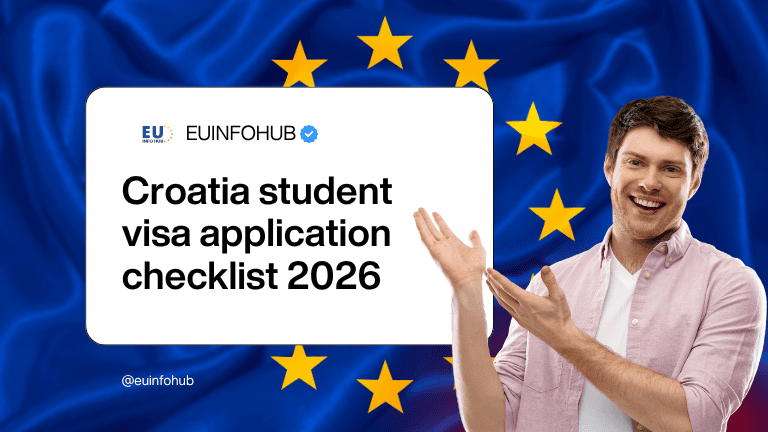
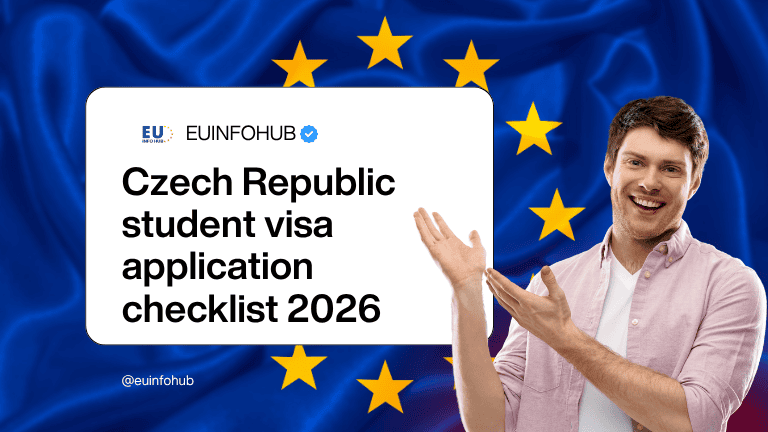
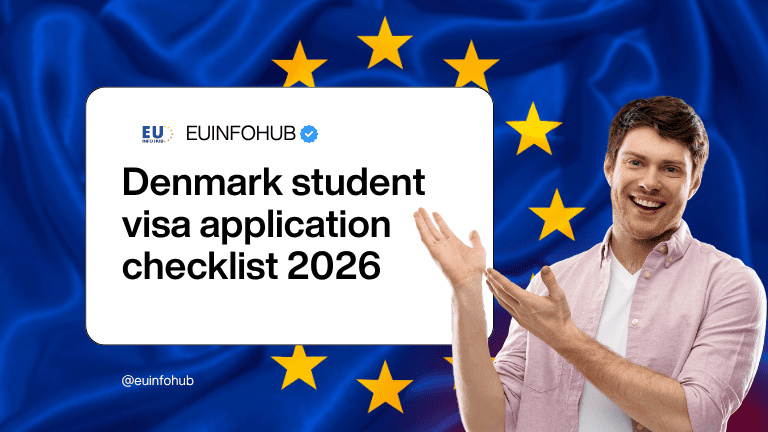
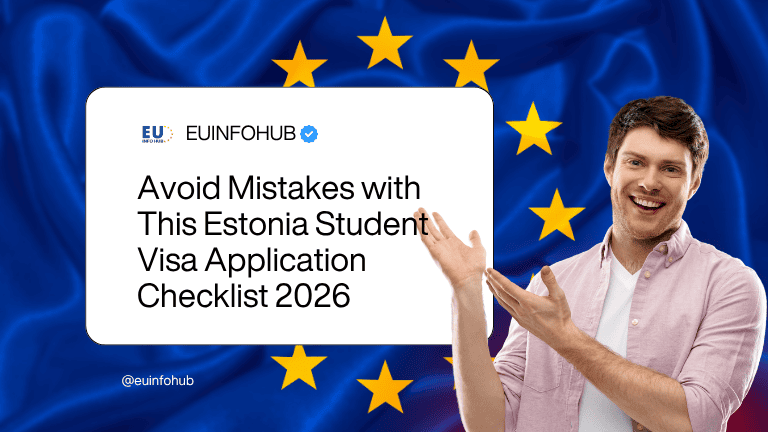

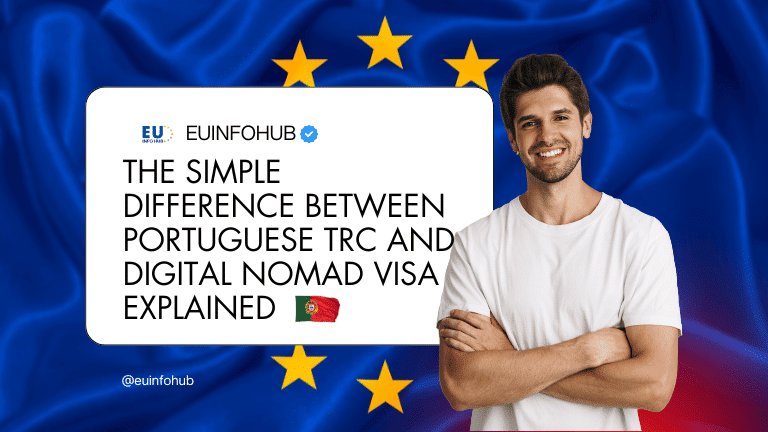
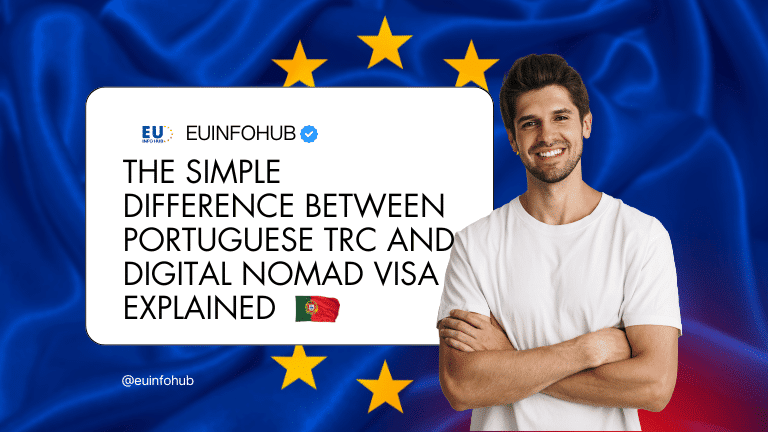


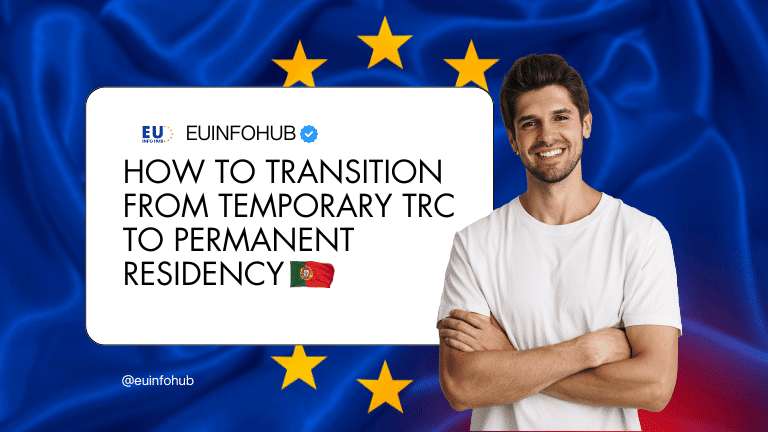
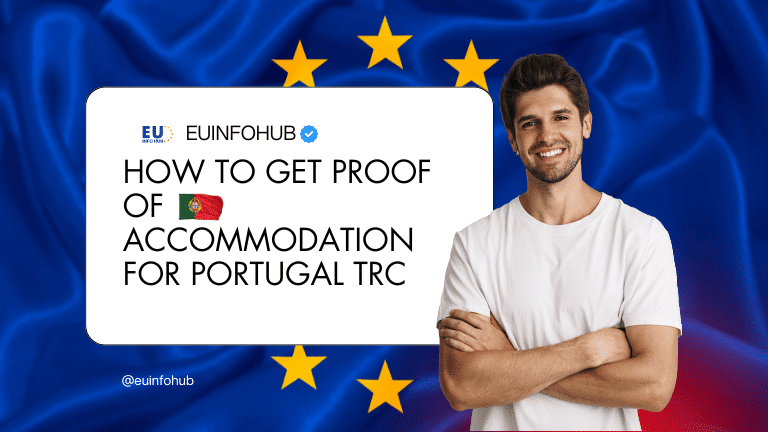

9 thoughts on “Master the Process: Step by Step Guide for Student Permit”